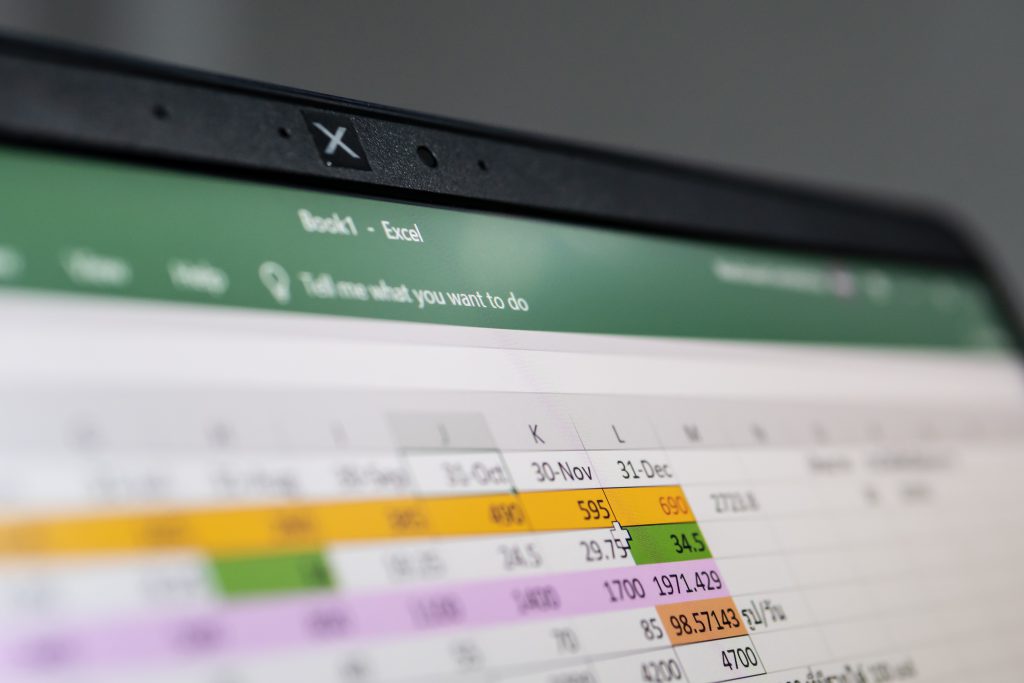Contributors
Running a startup is all about continuous optimization. As a company in its nascent phase, there’s a constant need to write the book while reading it to create, run, and tweak every aspect of the operation.
As most startups deal with limited funds, careful and insightful financial planning is nothing less than crucial for the overall success of the startup. In this article, we will look at specific tools and tactics to help startups optimize and accelerate financial gains and processes.
Tools Are Means to an End
Tech tools and software are there to help us make better decisions and to automate processes. They collect data, streamline workflows, improve communication – internally and with prospects and clients – even analyze data for insights, all to present us with information for us to make educated, informed decisions.
Thanks to these tools, decision-makers have access to comprehensive reports, making it easier for them to understand what is working and why. Such intel allows business and finance managers to plan ahead based on lessons learned, rather than risk guesswork and rely on intuition. The smartest and most advanced business and finance tools, those that rely on machine learning algorithms, should be able to turn data into insights; just storing data doesn’t cut it anymore as today’s companies accumulate data at alarming rates.
Hence, finance professionals need to know where the money went and how successful specific efforts were against the competitors and the market as a whole.
The Shifting Needs of the Modern CFO
If in the not-so-far past, CFOs were perceived as accountants, this notion has changed significantly during the last decade or so.
While an accountant is essentially a reactive role – calculating past expenses and revenue to achieve a balanced book – the CFO is very much a proactive role, one that looks ahead to carve a viable financial path for the company; managing financial forecasting and budgeting; providing strategic advice to the CEO and other C-level executives; and making purchasing and procurement decisions.
This has led to a growing demand for business and financial planning tools to help CFOs run a more productive operation.

The CFO and the Spreadsheet: A Cross-Generational Romance
Many CFOs are wholeheartedly loyal to the Excel spreadsheet; the ease of use and the programmable nature have kept and will probably continue to keep Excel as the leading tool for financial planning. However, Excel does impose challenges on a CFO’s ability to dive deep into business data and quickly produce actionable insights from it.
That is why financial planning and analysis (FP&A) providers have started uniting Excel with their products. Perhaps the best example of this trend is the way DataRails, an FP&A software provider, designed its product to augment Excel files and functionalities instead of trying to convince CFOs to abandon their beloved spreadsheets.
DataRails enables finance reporting teams to continue using the Excel front-end interface while integrating its back-end with dynamic, cloud-based data repositories, which incorporate advanced predictive algorithms to embed visual, interactive data and exempt finance teams from error-prone, tedious copy-pasting.
The Paper-to-Digital Trail
As the pandemic begins to ebb and business travel to flow, CFOs and finance teams again need to keep track of ongoing expenses and handle the constant accumulation of paper receipts. Most SMBs have yet to transition to digital receipts and are still using paper ones.
Tools like Zoho Expense help auto-scan, auto-forward, and easily upload and distribute paper receipts as if they were digital files.
Other tools like Expensify can help track expenses while making it simple for employees to upload their expenses. This can help internal finance teams optimize their expense approvals and reports for tax authorities, where missing receipts can have a significant impact.
Reporting Can and Should Be Easier
Improved reporting reduces the risk of errors, for financial teams or any other team for that matter. Effective reporting allows better time utilization and makes it easier to extract valuable insights and actions from collected data.
Using the right financial tools also provides further transparency and a more effective way to manage operations, making it a vital part of revenue optimization and generation for startups.
Omri Hurwitz is a marketing and media expert who advises leading High-Tech companies. In addition, He writes for several Media channels and has a podcast that covers the subjects of technology, entrepreneurship, and more.
Forbes Israel Contributors are independent writers that were individually picked by Forbes staff. The writers are experts in their field and they provide professional commentary and analysis of current events. The content is unsponsored.





